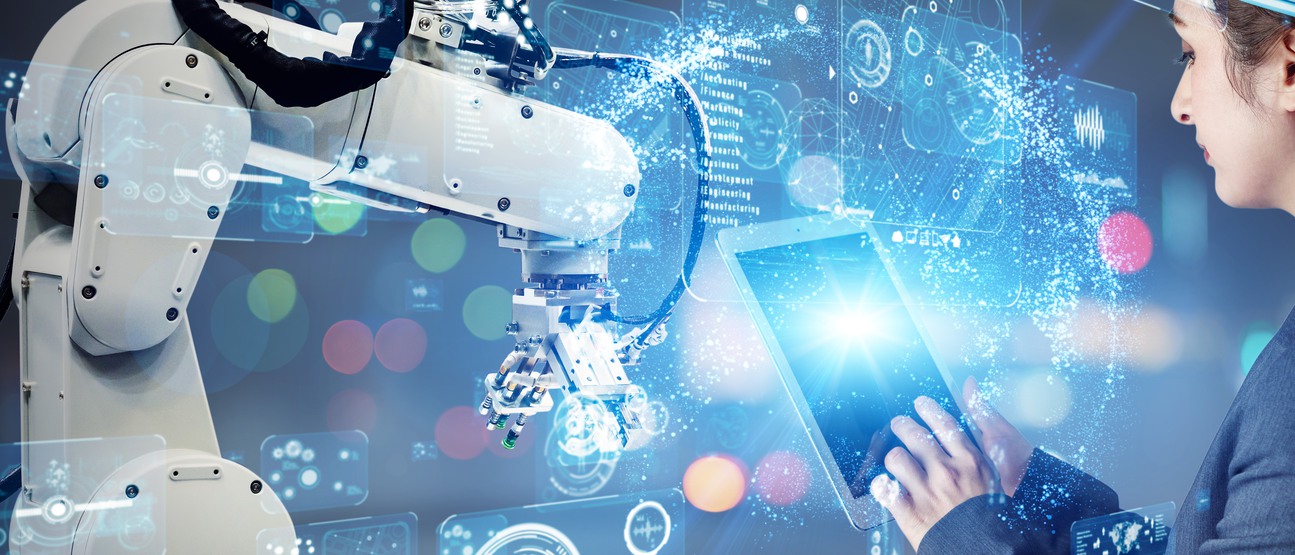Peter Thorvald
School of Engineering Science


For many years, people in industry were seen as cogs in the production process. Today, however, the industrial worker is more of a knowledge worker who needs to be equipped with both IT skills and problem-solving abilities. This means that technology must be adapted to people, instead of the other way around.
Industry 5.0 has a clear human-centred focus, with new technologies being used to streamline, improve and simplify human work. In an age of integrated systems such as machine learning and the internet of things, much of today’s work is about interacting with new technologies, such as augmented reality, virtual reality and collaborative robots.
But how does a robot ‘talk’ to a human? To ensure seamless work between humans and technology, there needs to be communication between them: the system needs to know what the human is going to do and the human needs to be able to see what the equipment is going to do, in order to optimise the work and avoid collisions and misunderstandings.
WISER’s ‘Humans in production’ domain focuses on the user-centred perspective and how production systems can be adapted to the people who work with them, taking physical and cognitive conditions into account.
For the production worker of the future, digital skills regarding human-technology interaction will be central to meeting the challenges of digital transformation. In addition, industry needs to respond to demographic changes and attract new people to industrial jobs.
Both skills development and training are needed to create the right conditions. WISER will include ergonomic simulation courses, allowing participants to build virtual environments and model scenarios to avoid workplace injuries, for example. The target audience for the courses in this domain is anyone who works with production planning at a workplace.